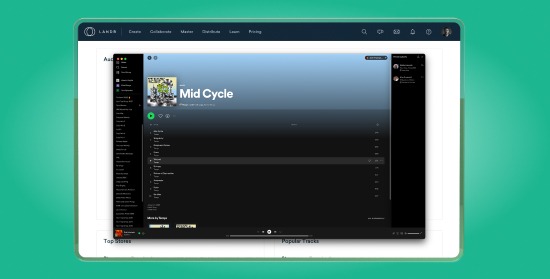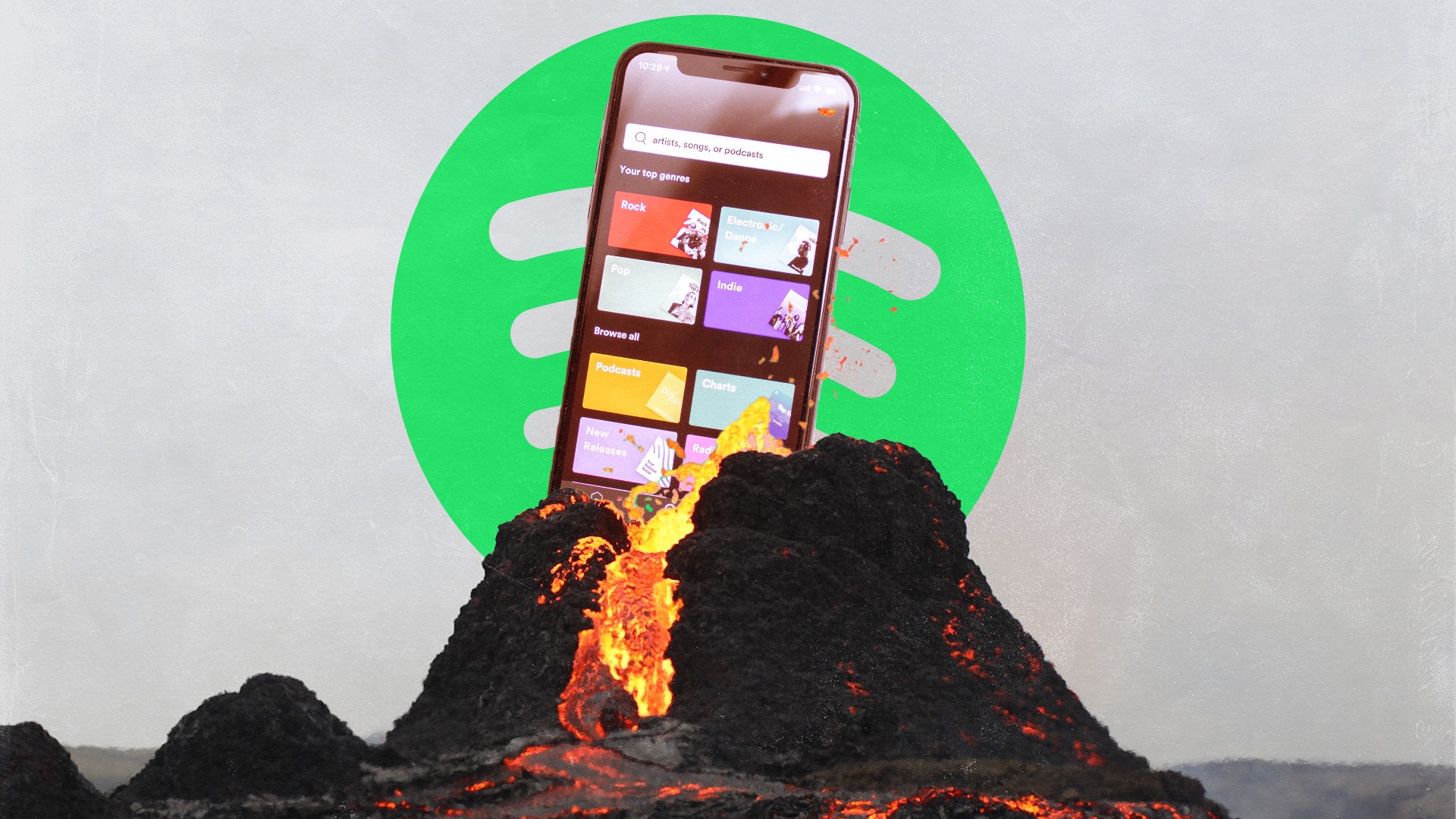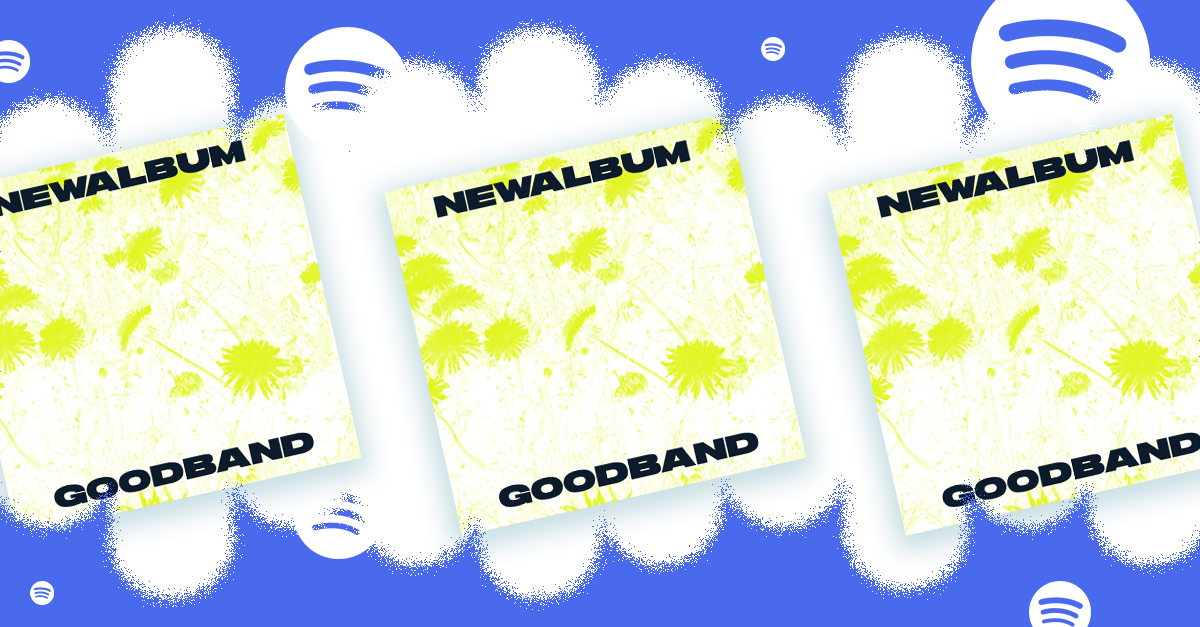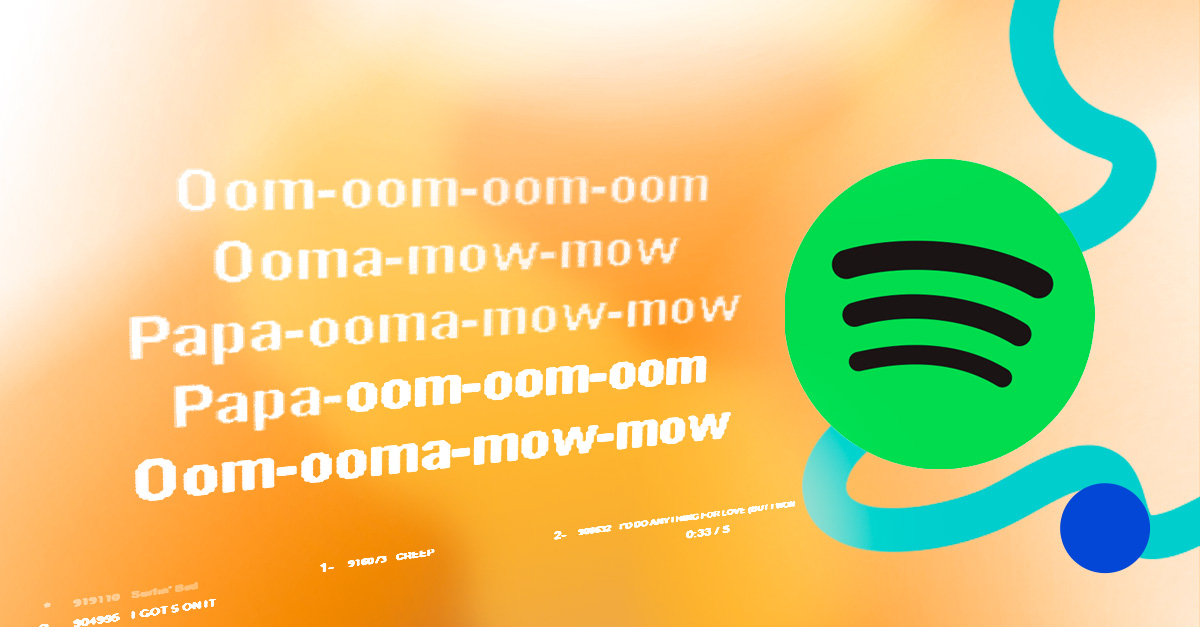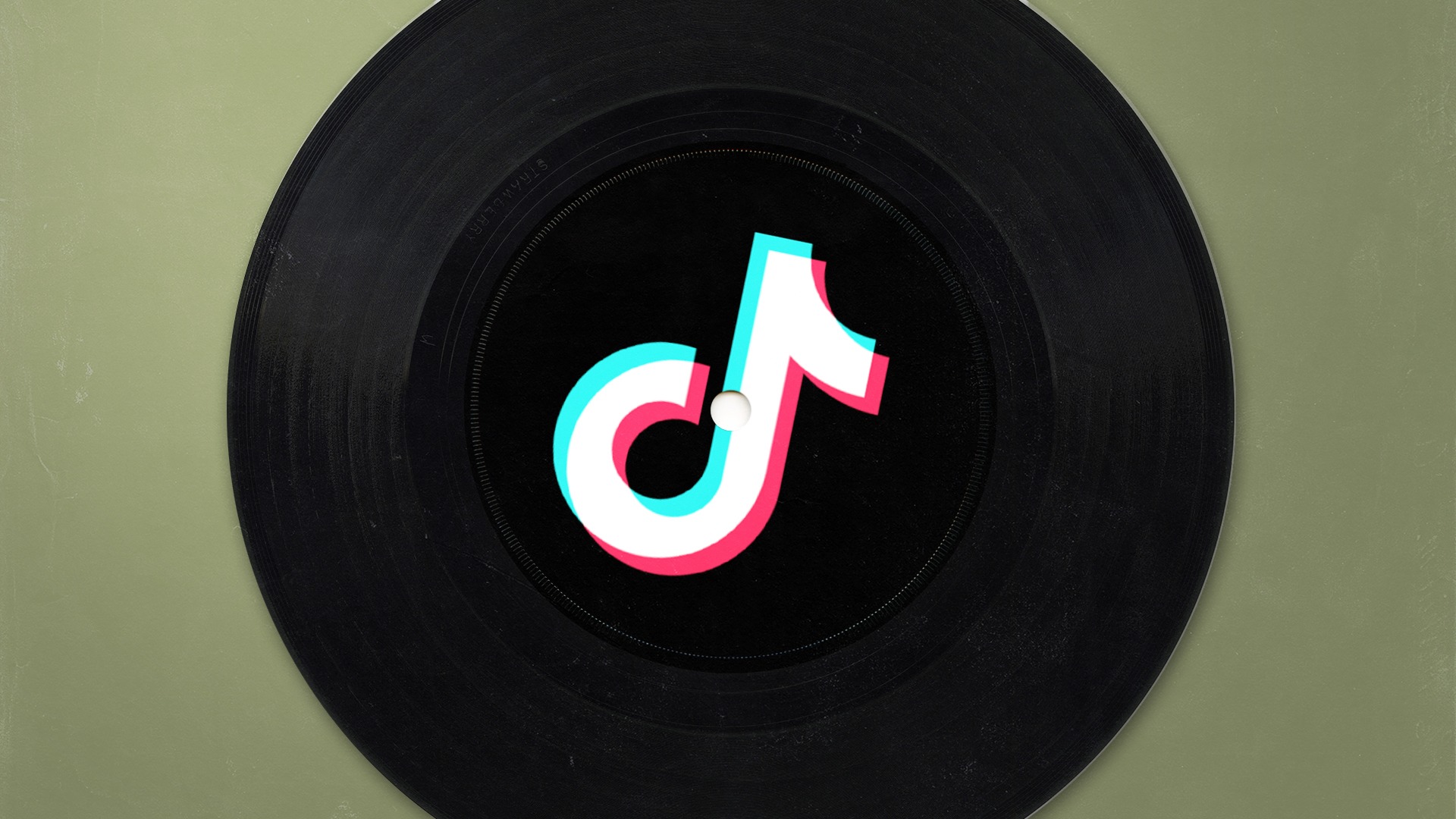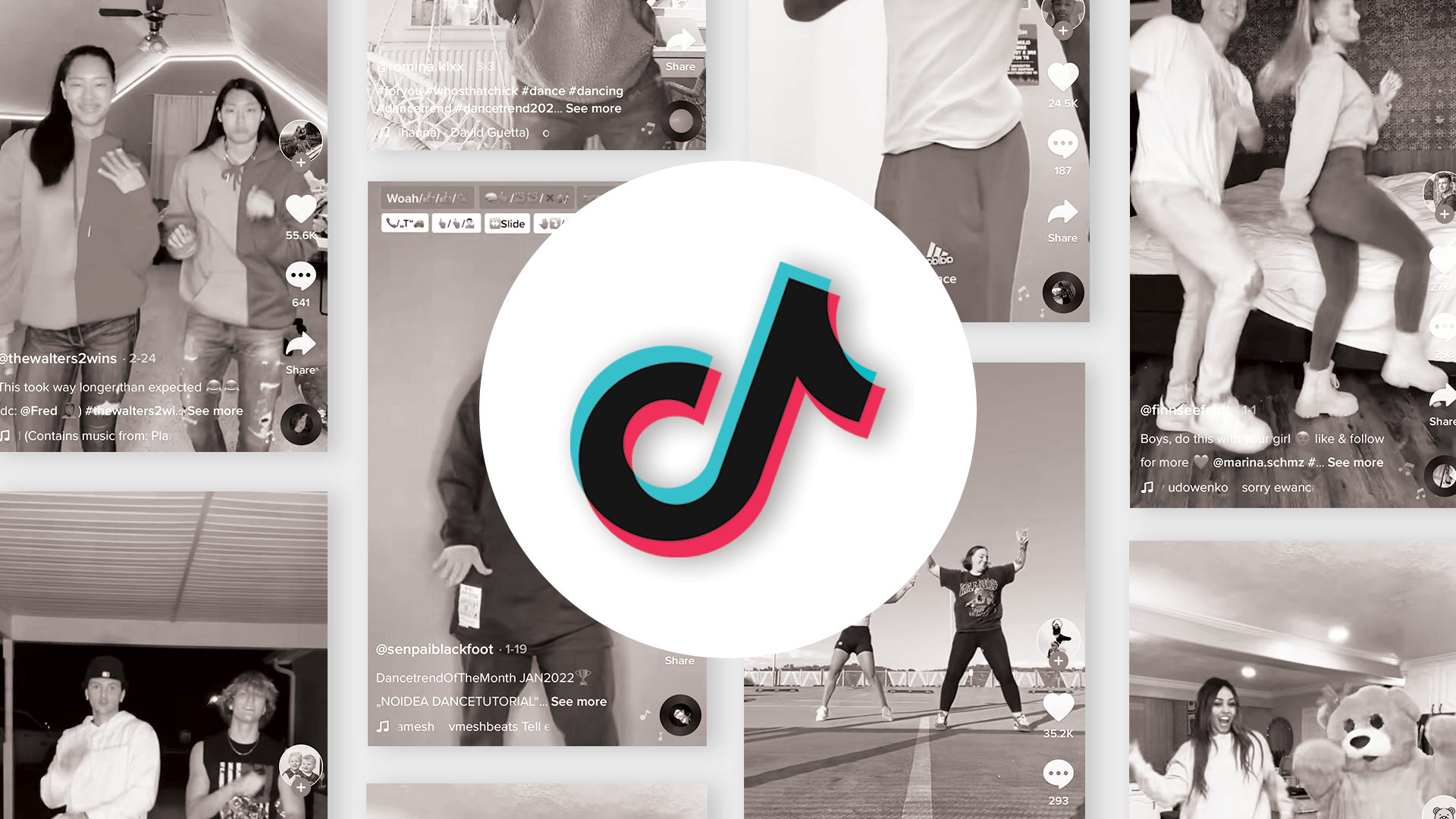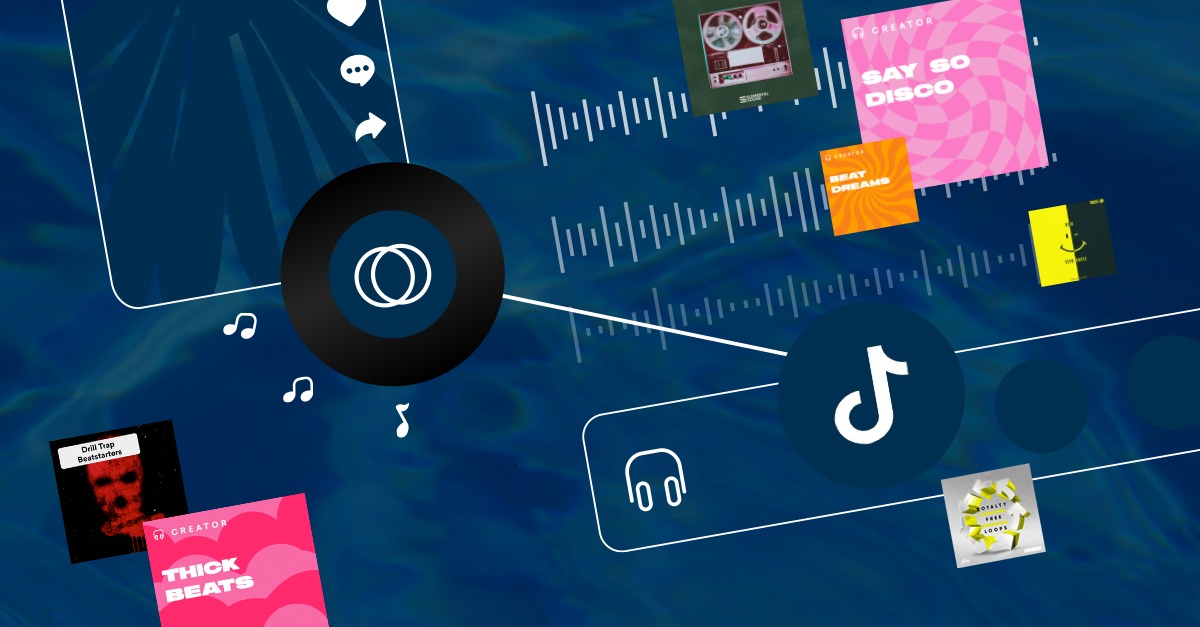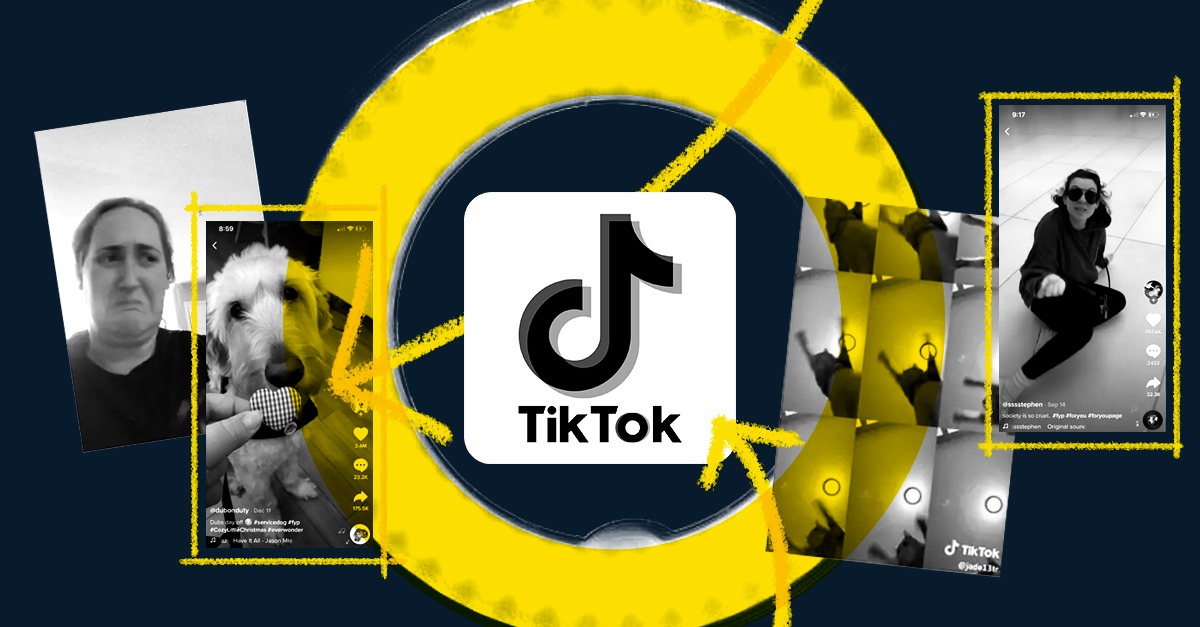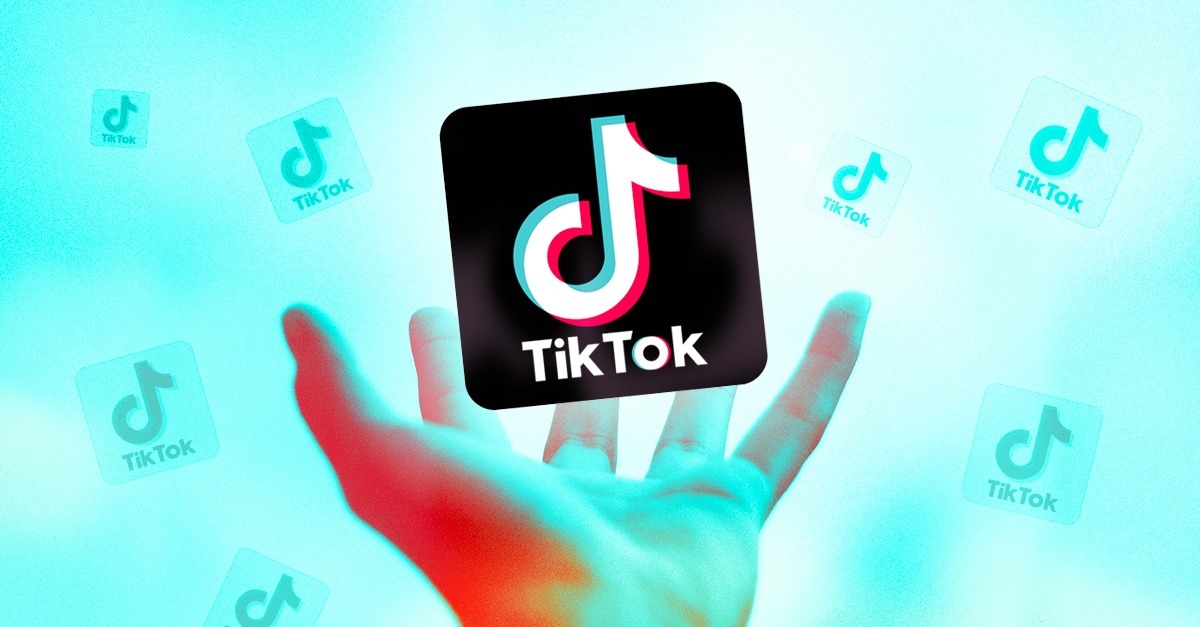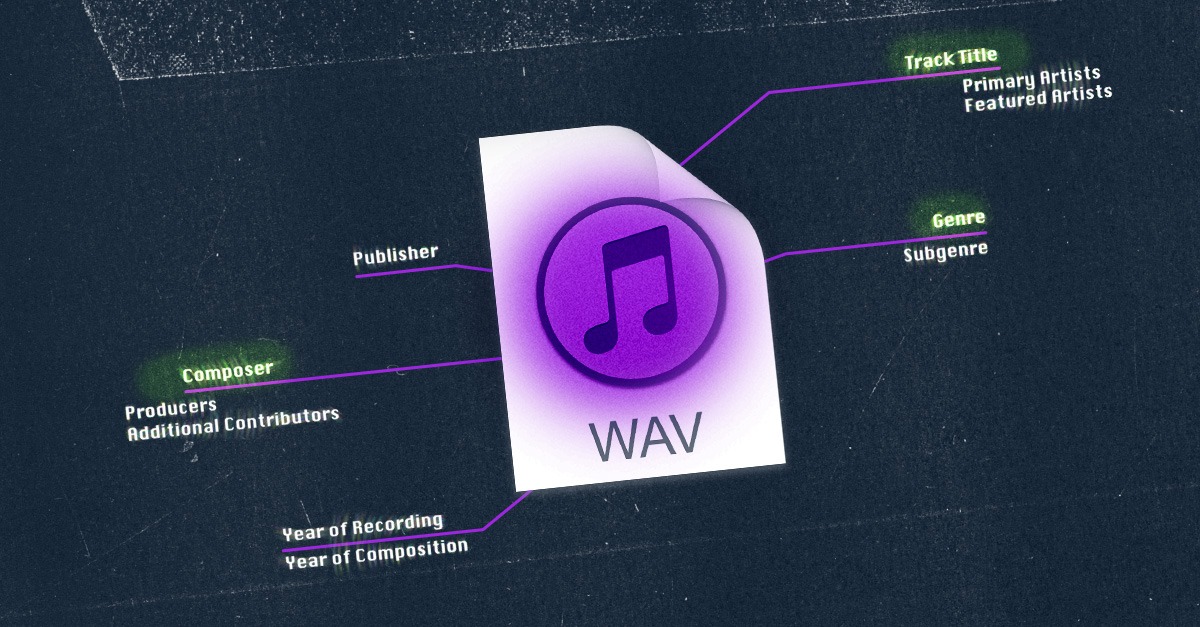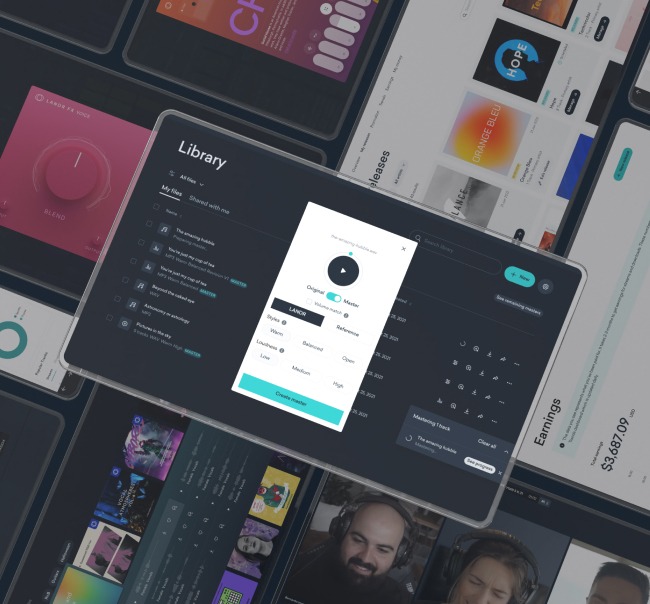
Redfoot’s Reason: How Fans Influence Release Roll-out Fluidity

Welcome to Redfoot’s Reason.
In this edition, we explore the importance of a long term music release strategy versus the ability to switch gears on a dime. We’ll hear from subject matter experts Alec Henderson, Alex Valenti, and Drew de Leon.

Our panel of experts discuss roll-out do's and don'ts.
Let’s face it, no one likes to feel unprepared for an important task. There’s validity to learning on the job, but anyone who’s serious about their craft has to draw on experience to succeed.
When it comes to your release strategy, or Roll-out, the key is to strike a balance between thoughtfulness and adaptability.
You need a plan to be successful, but early results can force you to choose between staying the course and adapting to new information.
It can be tempting to jump ship when things aren’t going as planned. Life gets in the way, as do emotions, and we are all human.
So how can you learn to be fluid in your music roll-out planning?
As industry experts explain, it’s always in your best interest to follow your fanbase’s instructions.
In other words, let your fans guide your approach.
What is a roll-out?
Before we get started, you’ll need to understand the basic terms and strategic benefits discussed in this article.
First off, a roll-out is a playbook for your music release and how it will connect with your existing audience while reaching new audiences.
It’s a comprehensive planning document that includes all the initiatives attached to the artist’s release with dates for each trigger (i.e. marketing, digital, creative, etc.).
From the perspective of one of the fastest rising artist management companies, Alex Valenti (Co-Founder, CEO of 3V Method) urges the importance for managers to be prepared:
In dealing with all things digital marketing for the high profile roster at Universal Music’s Motown Records, Alec Henderson described his initial roll-out strategies as:
“Everything regarding the messaging of the record and how fans first hear it. When you first bring the record to the world, that’s the moment a roll-out begins.”
Why have a release strategy?
A good roll-out strategy situates your release in the best position to achieve the desired outcome.
Keep in mind how competitive the music release and streaming landscape is and the requirements to separate yourself. Henderson always aims to be “on the cutting edge against the competition, and without a strategy, you can’t ever get there.”
Your roll-out strategy is your opportunity to set clear goals for your release in advance.
It should include long and short-term goals that fit your budget and current artist development level.
Ultimately, your strategy should aim to showcase continuous growth as you build on each release.
That includes picturing what success can, or should look like and planning accordingly.
As an artist advocate using his hands to both build The Digilogue as a premium music education community, and to break records under the MPR Distribution banner, Drew de Leon outlines the privileges to goal setting within your strategy.
He explains:
“It’s important to understand what your goals are and how you want to obtain them. If you put out the volume of music, if you take time to build a community and create content, you will reap those rewards.”
Planning vs. adapting: How industry leaders promote new releases
With the basics out of the way, our panel of experts dive into the nuances of early cycle release management.
Alex Valenti
On planning
vs. Adapting
Playlists? Tastemakers?
Helpful tips on how to reach out.

Drew de Leon
On planning
vs. Adapting
Spotify 101
Tips for success on the streaming powerhouse.
Alec Henderson
On planning
vs. Adapting
The musician's guide to TikTok
Promote your music on the addictive app.
Planning your release strategy: 4 tips from industry insiders
So how can you make your release plans both resilient and adaptable? The key is to build fluidity into your approach.
Here’s our panel’s common recommendations to plan for change and pivot at the right time.
1. Test content for fan’s feedback
All three subject matter experts stressed the importance of social media in planning for the early stages of your push.
Play snippets and teasers of upcoming and/or newly-released material. Find out what fans gravitate towards, and provide them the opportunity to drive your campaign direction.
2. Connect your fans to your story
It’s tough to be transparent and vulnerable online. Aspirational lifestyles can attract followers but it’s difficult to build a real fan base without being relatable.
Alec Henderson (Director, Digital Marketing at Motown Records) outlined the relationship between music and social media as a method to draw fans closer with storytelling:
In a lot of ways, artists are using their music as their own social media platforms. It’s how they update their fans with where they are in life, and what's happening with them.
Drew de Leon on storytelling:
Alex Valenti on storytelling
3. Fans are A&Rs, too
It’s not just the content direction that fans are determining, it’s the music as well.
Today’s fastest growing artists are developing their sound at the same time they build their online communities.
Experiment with your production direction and react to the data your growing fan base provides.
Your goal is to produce more of the types of songs that they gravitate towards.
Alex Valenti on treating fans as A&Rs
4. Actionable Advice: You Can Use a ‘Waterfall Strategy’
The ‘Waterfall’ music release strategy is a hybrid between a singles release and a full project roll-out.
It allows artists to benefit from the cadence of a singles release while building stream counts toward a traditional album or EP.
The latest releases feed streams into the previous ones in the series, while total stream counts are carried into the latest release page.
When a user goes to play your latest release, the previous song in your catalog automatically streams.
It appears on streaming services as a playlist that is continually updating.
This can be accomplished through distribution services by duplicating ISRC codes within your metadata.
Here’s how it works:
Redfoot's Reason
The goal of this series is to help guide music creatives and business people alike.
If you’re feeling lost when planning and executing your release, the advice from these industry leaders can help you find a foothold.
Thank you to Drew, Alec, and Alex for taking the time to participate and share knowledge within this article, and to LANDR for providing a powerful all-in-one music platform.

